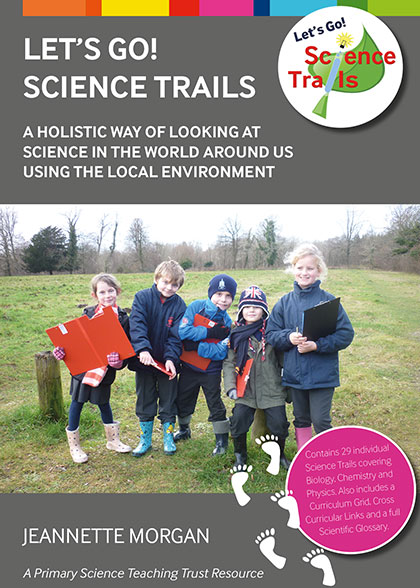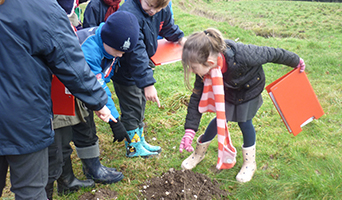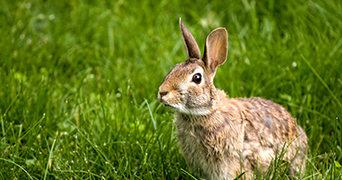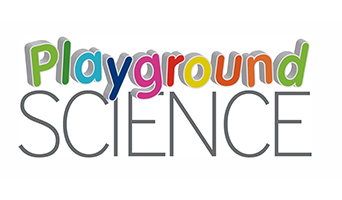Click on the images to see samples of pages.

Let's Go! Science Trails
Animals, Biodiversity & Habitats, Electricity, Energy, Forces, Light, Plants, Properties & Uses of Materials, Rocks, Fossils and Soils, Seasonal Change, Sound, States of Matter
Outdoor Learning
5-7, 7-9, 9-12
An holistic way of looking at science in the world around us using the local environment
Outdoor learning is an important way of contextualising science and allows children to engage with the environment around them; something which cannot always be achieved in a classroom. This full colour, 80-page book has been developed by a group of teachers in the London borough of Haringey who received funding from the PSTT to develop a set of ‘Science Trails’ to make the most of outdoor areas in urban London.
The Trails were designed to be creative and innovative, using technology that would appeal to children to further enhance the trail experience. iPods, digital cameras and data loggers were suggested to improve the children’s experience on a trail and incorporate an ICT and data element to the trails in a meaningful way.
Written by PSTT Fellow Jeannette Morgan and edited by Ali Eley (PSTT Outreach Director).
The book
What's included in the book?
The book includes:
- 29 Full Colour Trails
- Curriculum Grid
- Cross Curricular Links
- Full Scientific Glossary
- Biology, Chemistry & Physics
Each Trail provides support and ideas for outdoor learning, with a set of objectives, resources/equipment needed, health and safety implications and what to do whilst out on the Trail. They are all designed to be easily adaptable to your own school environment and surroundings and may even inspire you to develop Trails of your own.
Click here to purchase
Page samples
Take a look inside Let's Go! Science Trails
Must we always teach our children with books? Let them look at the mountains and the stars up above. Let them look at the beauty of the waters and the trees and flowers on earth. They will then begin to think, and to think is the beginning of a real education.








